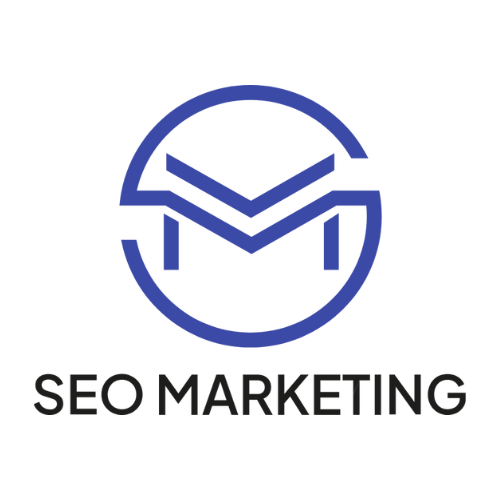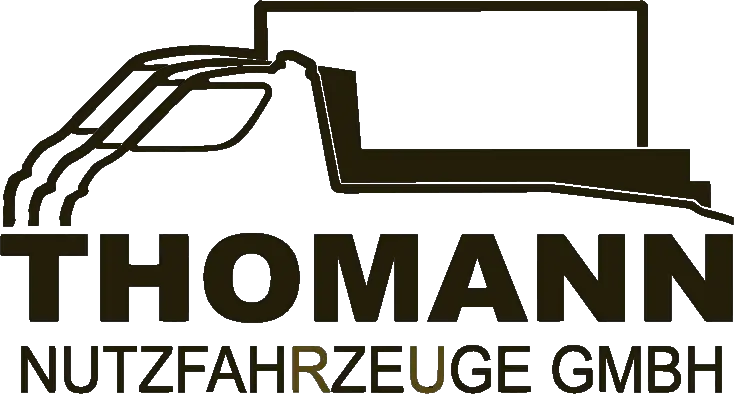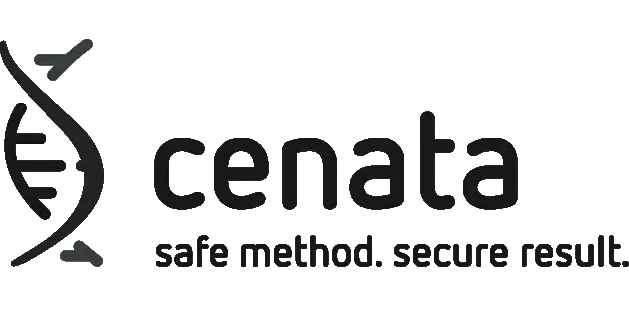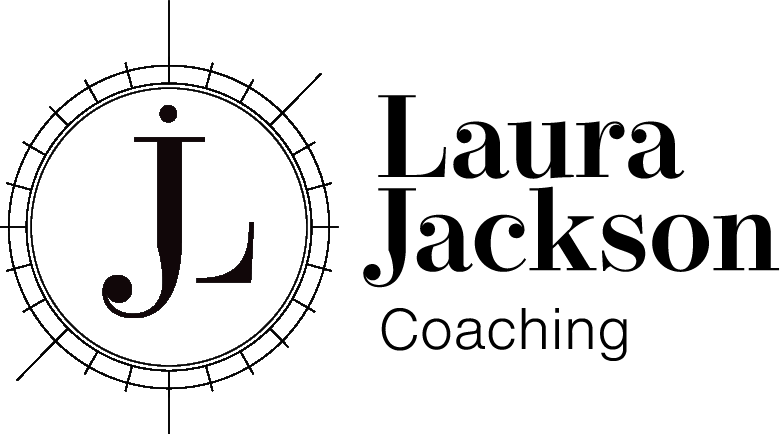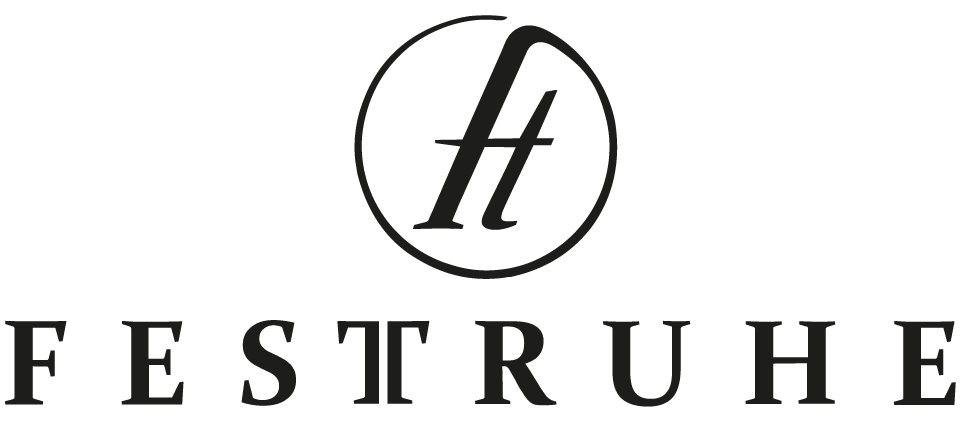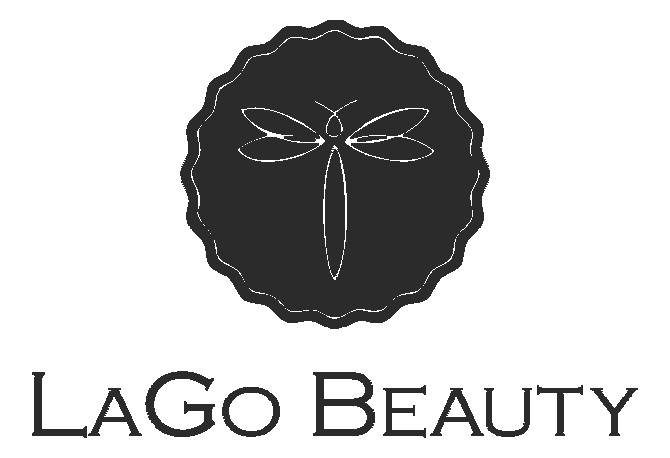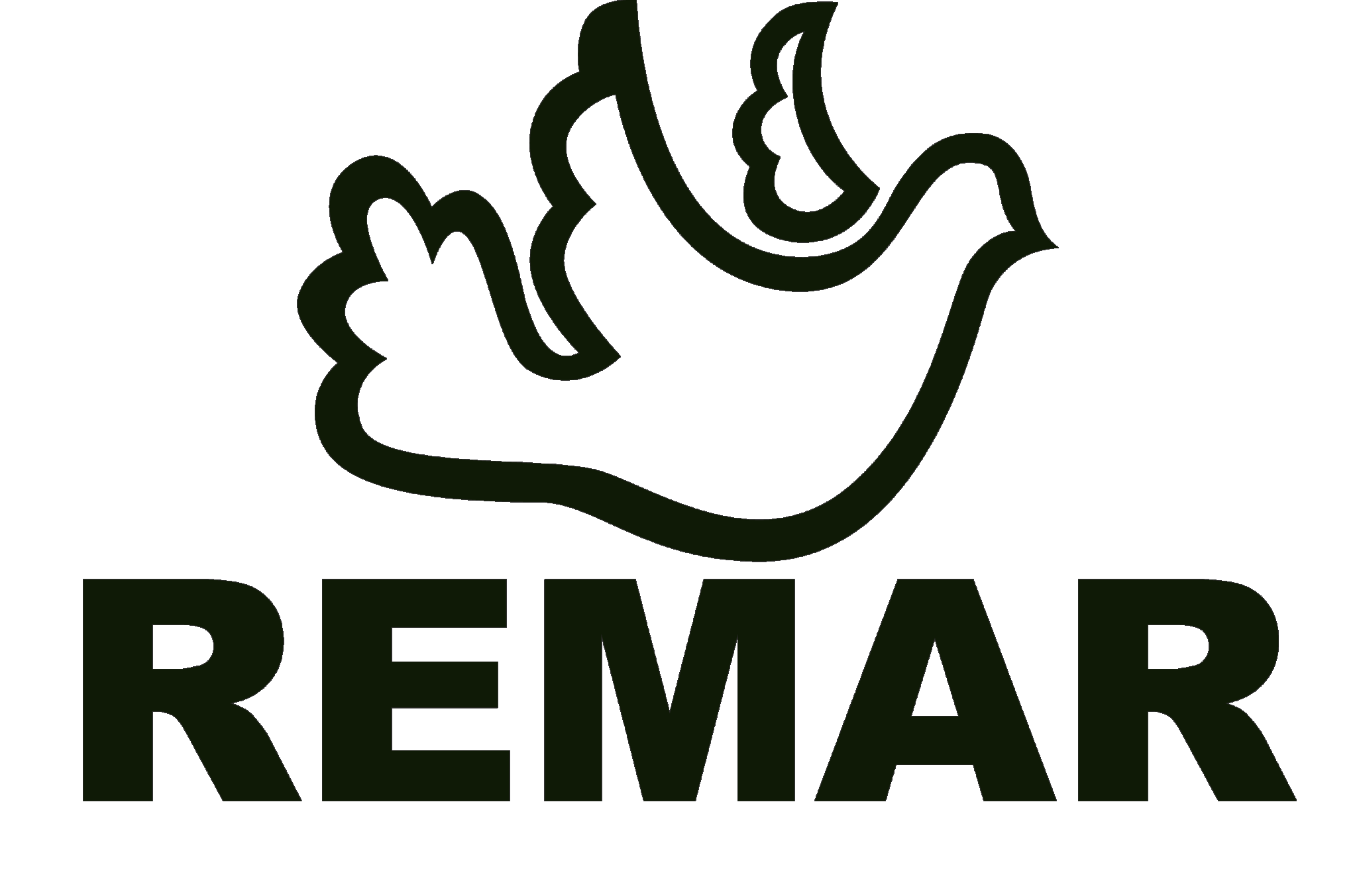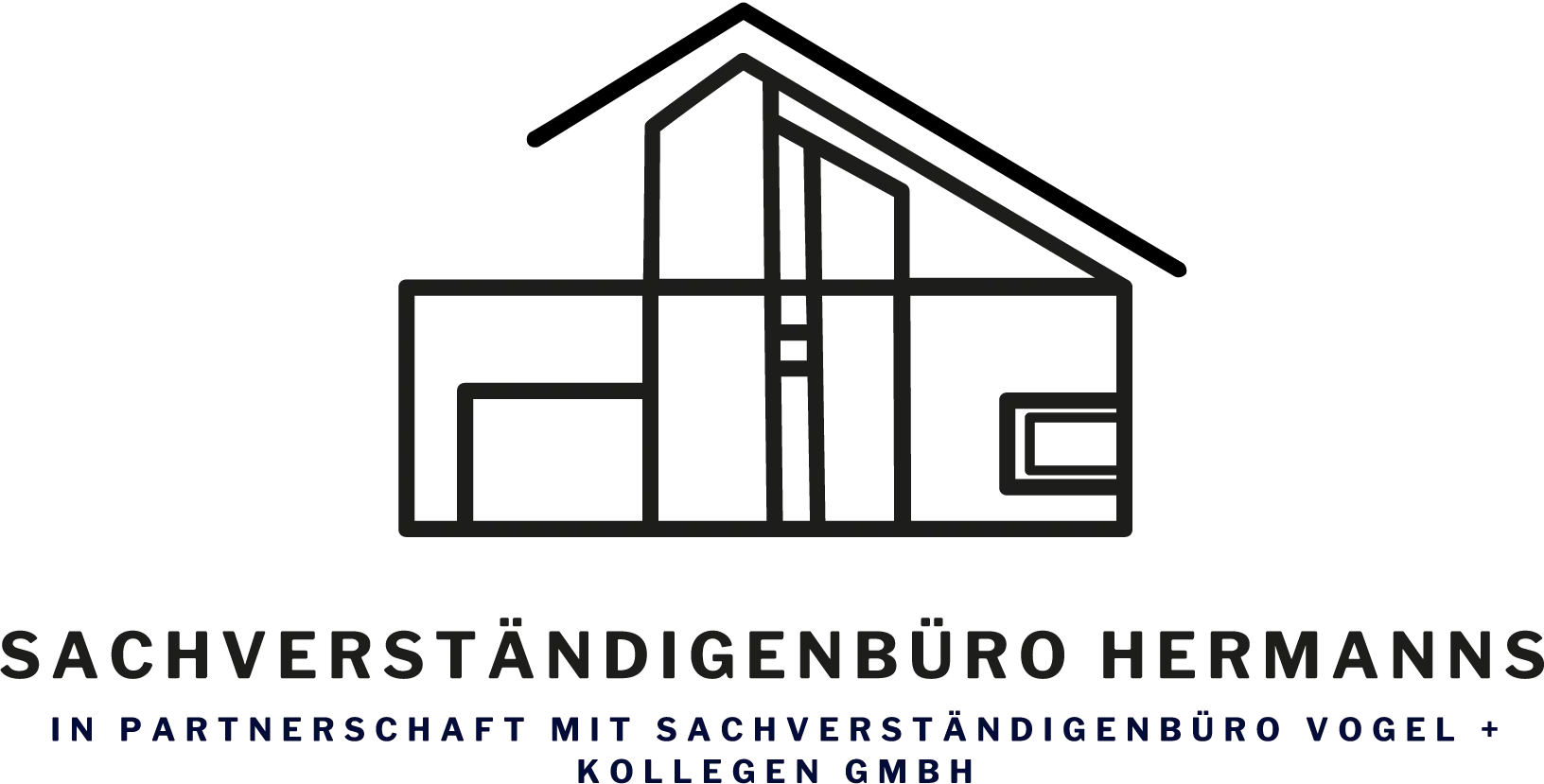SEO – Web design – Google Ads – Social media
SEO onpage optimization: The foundation for top rankings on Google
Maximize your visibility – with a website that is perfectly optimized in terms of technology and content.
Individual marketing solutions
AI SEO
With AI, you get intelligent suggestions, data-based insights and automated SEO optimization.
Local SEO
We increase your local visibility, strengthen your presence on Google and gain new regular customers.
Content Marketing
With targeted content, we strengthen your brand, increase visibility and attract qualified customers.
Google My Business
We optimize your profile on Google, increase your local reach and ensure more inquiries.
International SEO
We bring your website to the forefront worldwide with smart SEO and secure top rankings in all markets.
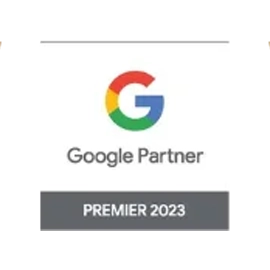
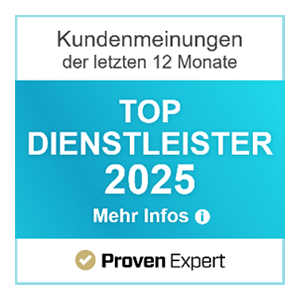
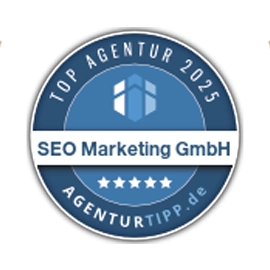
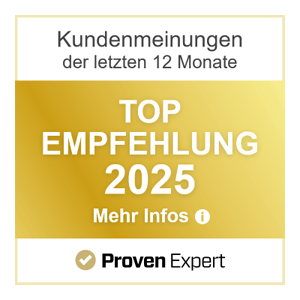
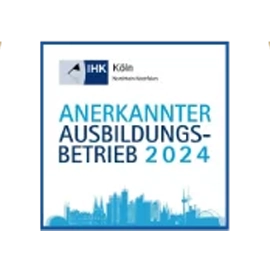
SEO onpage optimization for better Google rankings
Do you have a visually appealing website that simply isn’t attracting the organic traffic you hoped for from Google? Many companies invest in design and content, but overlook the crucial technical and structural basics. Invisible errors in the code, an unclear website structure or a lack of optimization prevent Google from understanding your site correctly and classifying it as relevant.
This is exactly where we come in as your SEO optimization agency. SEO onpage optimization includes all measures that are carried out directly on your website in order to prepare it perfectly for search engines and users. We make sure that your website not only looks good, but also functions technically flawlessly and sends clear signals to Google as to what topics you are dealing with.






Make your website irresistible for Google and users
Google has one goal: to provide its users with the best possible answer to their search query. In order to land in the top positions, your website must make it unmistakably clear to Google that you are this best answer. You can only achieve this if both the technology and the content are perfectly coordinated.
Our job as SEO experts is to ensure exactly that. We carry out an in-depth optimization of the website, from the technical basis to the content alignment. We ensure that your site not only ranks for the right relevant keywords, but also impresses visitors with a positive user experience.
Onpage SEO is not an expense – it is an increase in the value of your website
Many entrepreneurs see SEO optimization as a one-off cost. In reality, it is a sustainable investment in your most valuable digital asset. Proper on-page SEO is the basic prerequisite for other marketing measures such as content marketing or link building to take full effect. A well-optimized page ranks faster, more stable and achieves better SEO success in the long term.
Better rankings & more visibility:
We make sure that your website ranks for the search terms that really bring you customers. Through professional keyword research and the strategic placement of these terms in your content, headings and meta data, we make your site highly relevant for Google. This is the most direct route to more visibility and more free visitors.
Higher user satisfaction & more inquiries:
A good user experience is a decisive ranking factor. We improve loading times, create a logical website structure and use targeted internal links to ensure that visitors find what they are looking for quickly. A user-friendly site leads to longer visits and more inquiries.
Fix technical errors & avoid penalties:
It is often invisible technical problems that prevent a good ranking. We take care of the technical SEO: We fix errors that we find in the Google Search Console, for example, eliminate duplicate content, optimize images including the alt attribute and ensure a clean mobile display.
Analyze your website for free – more visibility now!
Have your website analyzed free of charge and discover optimization potential immediately. Get a quick SEO check with clear tips for better rankings, more visibility and more customers - free of charge, professionally and without obligation.
Our on-page SEO process: structured, transparent and data-based
A successful SEO optimization website is the result of a systematic approach. We guide you through every phase.
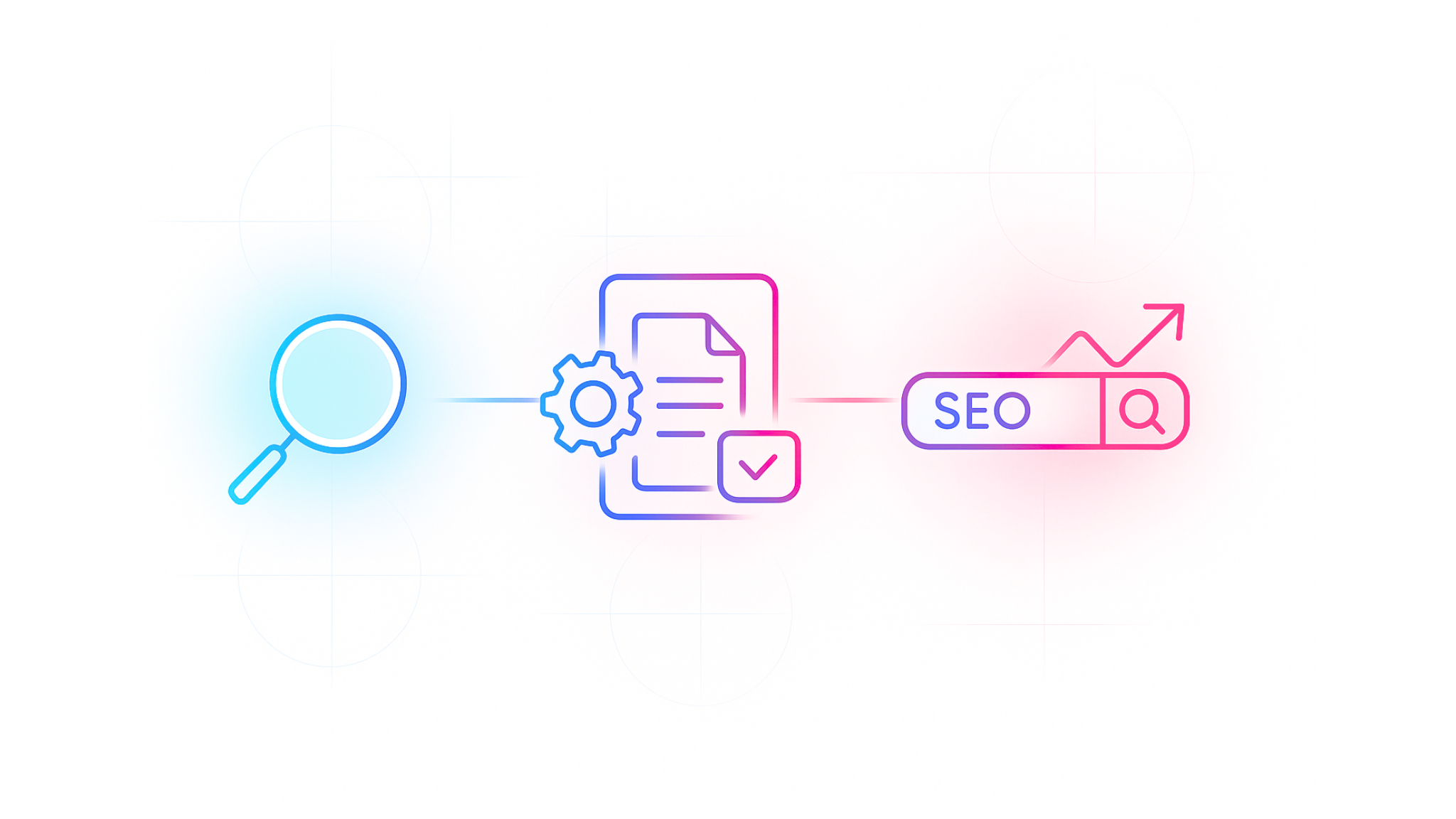
SEO Audit & Strategy (The Analysis):
We start with a comprehensive analysis of your website. We check over 100 ranking factors from the areas of technology, content and structure. Based on this data, we develop an individual SEO strategy for your company.

Keyword research & mapping (The plan):
We carry out in-depth keyword research to identify the search terms that have the greatest potential for you. We then assign each relevant keyword to the appropriate page on your website (keyword mapping).
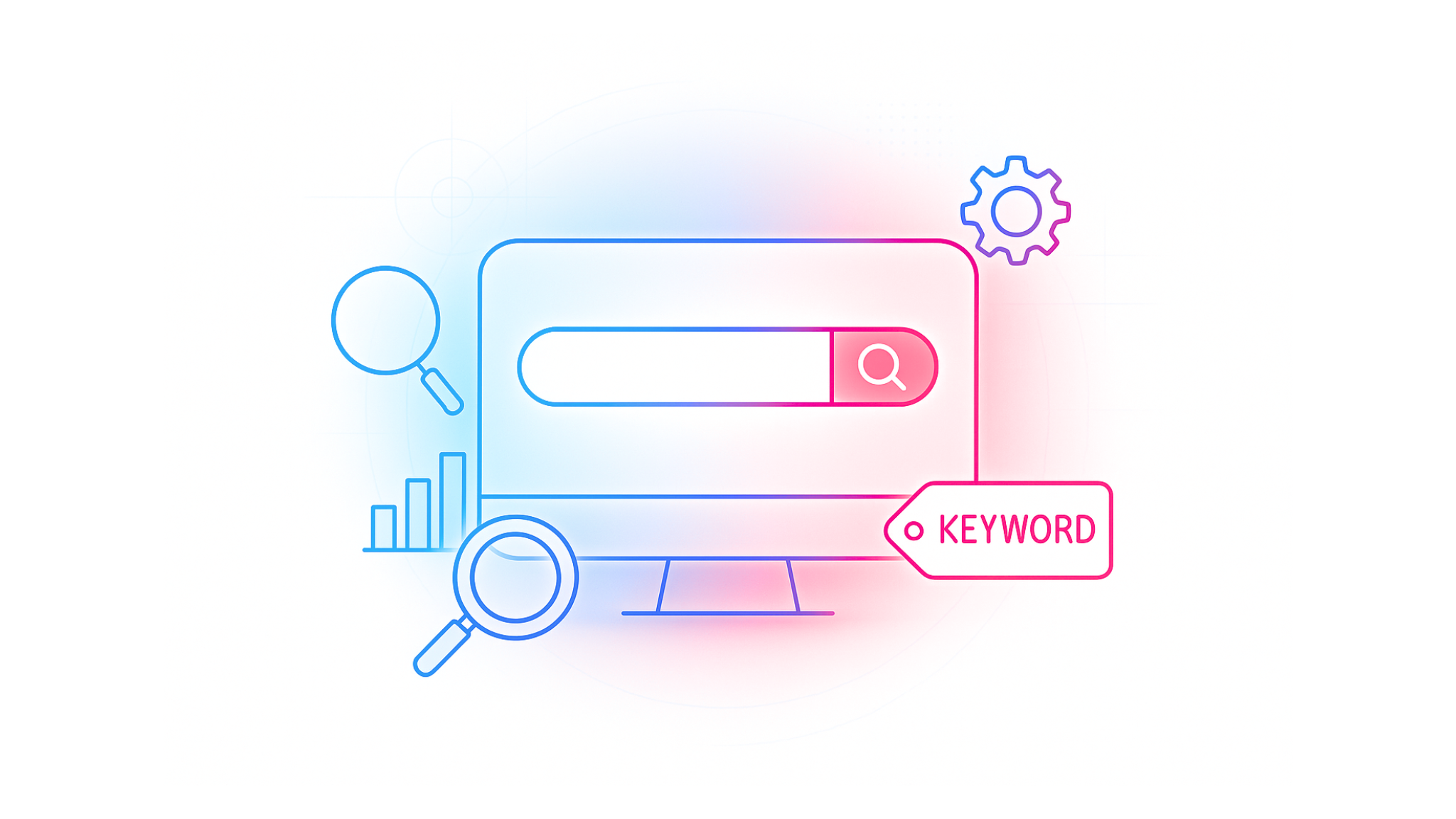
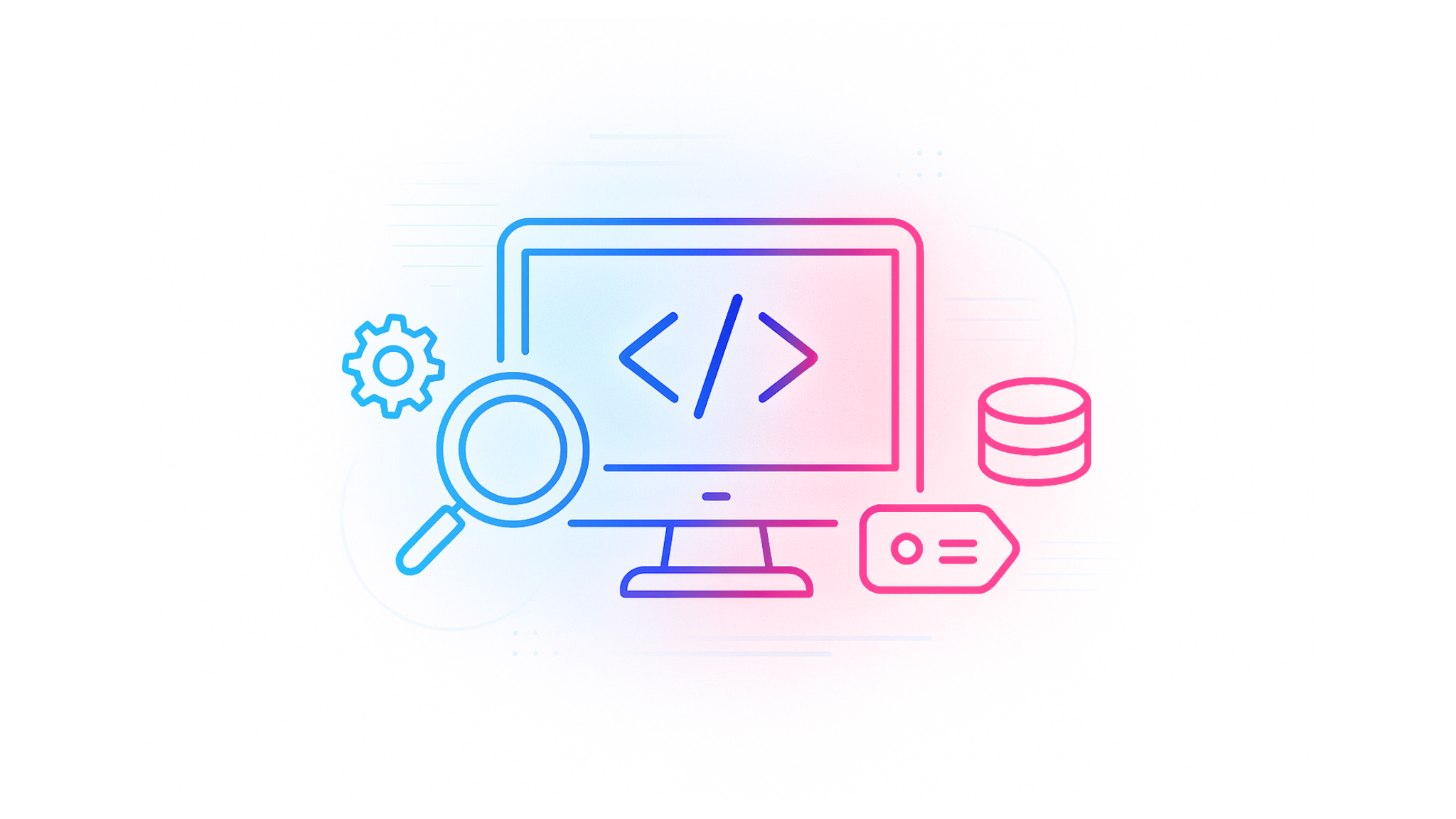
Technical SEO optimization (the foundation):
Our experts implement all necessary technical optimizations. This includes improving the loading speed, implementing structured data, optimizing crawlability and eliminating all technical errors.

Content optimization (the finishing touches):
We optimize all content elements of your site. This includes the revision of texts, the optimization of headings (H1, H2 etc.), the writing of a convincing meta description and the improvement of internal links. This goes hand in hand with content creation.

Is your website ready for the first page on Google?
Stop giving away valuable rankings through avoidable on-page errors. Professional SEO Google optimization is the foundation for your digital visibility.
Let us analyze the untapped potential of your website in a free initial consultation.
Frequently asked questions (FAQ)
What is SEO onpage optimization?
SEO onpage optimization (or onpage SEO) includes all measures that are carried out directly on your own website to improve its ranking in the search results. This includes technical aspects (e.g. loading time), content aspects (e.g. text quality and keyword usage) and structural aspects (e.g. page architecture and internal links). It is the counterpart to off-page optimization, which deals with external signals such as backlinks.
Why is on-page SEO so important for success?
Onpage SEO is the absolute foundation for any SEO success. You can have the best content and build the strongest backlinks – if your site has technical errors or is structured in a way that is incomprehensible to Google, you will never reach your full ranking potential. Proper on-page optimization makes your website “readable” and understandable for Google.
Is content creation part of on-page optimization?
Yes, the two areas are inextricably linked. On-page optimization improves existing content. Very often, however, an analysis shows that no suitable content exists for important keywords. In this case, strategic content creation is a central part of a comprehensive on-page SEO strategy.
Can't I just do the SEO optimization of my website myself?
You can do basic things such as writing a meta description or setting an alt attribute yourself. However, comprehensive SEO optimization requires in-depth technical knowledge, expensive analysis tools and a lot of experience. An SEO expert from an SEO optimization agency ensures that all measures are implemented correctly and protects you from mistakes that could even harm your ranking.
Learn more
1. analysis and evaluation
In the course of on-page optimization, the first step is to identify the sources of errors. Your website is examined according to the criteria of search engines such as Google. This analysis forms the basis for the next steps. On each individual page of your website, sources of errors and the need for optimization are prioritized and we then work together to create a plan for optimizing and adapting the website to Google’s criteria.
2. technical and content optimization
Sources of errors can have both a technical and a content-related origin. Whether it’s improving keywords, adjusting the content of individual pages or fixing 404 errors and correctly integrating the robots.txt file: Our experienced technicians optimize the background of your website, while our content creators fill your website with appealing texts and content. This is how you lay the foundation for a successful internet presence!
3. acceptance
Transparency is particularly important to us, which is why you will receive a detailed analysis both before and after the optimization. This allows you to see exactly what has been changed on your website. Your optimized website will be handed over to you in a final consultation. At the same time, your personal contact will advise you on possible further steps to increase your internet presence even further, if you wish. After acceptance, your website will be in optimum condition!
Your onpage optimization
The SEO Marketing Agency has already helped many companies to achieve higher visibility and better rankings. Contact us today and let us advise you on our SEO services free of charge and without obligation.
Your onpage optimization
- Individual website analysis, on-page optimization, troubleshooting and more
- Technical and content improvements
- Optimization on over 100 criteria
- Clear before and after report
Holistic marketing support
- Detailed marketing advice
- Holistic strategies for your company
- Long-term successes
- One contact for all concerns
What is on-page optimization in the context of SEO?
On-page optimization is an important part of search engine optimization (SEO) and refers to the optimization of elements on a website to improve its visibility and ranking in organic search results. In contrast to off-page optimization, which focuses on external factors such as backlinks, on-page optimization focuses on optimizing content and structures directly on the website itself.
Here are some key elements of on-page optimization:
Keyword optimization: The selection and placement of relevant keywords on a website is crucial for on-page optimization. This includes the integration of keywords in the page title, meta description, headings, page content and other relevant areas. However, care should be taken to ensure that the keywords are naturally integrated into the text flow and that the content offers added value for users.
High-quality and relevant content: High-quality, relevant and unique content is crucial for successful on-page optimization. Search engines prefer content that provides users with informative answers to their search queries. It is therefore important to create content that offers real added value for the target group and addresses their questions and problems.
Meta tags and meta descriptions: Meta tags such as the title and meta description of a page are important ranking factors for search engines. They should be attractively designed and contain relevant keywords in order to increase the click-through rate in search results and improve the user experience.
URL structure: The URL structure of a website should be clear, meaningful and search engine friendly. Short, concise URLs that reflect the content of the page are generally preferred. Including keywords in the URL can also contribute to improved findability.
Internal linking: Effective internal linking on a website can help improve navigation, optimize the user experience and increase search engine crawling efficiency. Internal linking can connect thematically relevant pages, which is beneficial for both users and search engines.
Mobile optimization: In view of the increasing use of mobile devices, it is important that a website is optimized for mobile devices. A responsive design and a fast loading time on mobile devices are important factors for successful on-page optimization.
Overall, on-page optimization aims to improve the relevance, quality and user experience of a website in order to increase its visibility and ranking in search engine results. By implementing on-page optimization best practices, companies can strengthen their online presence and drive more organic traffic to their website.
Why is it important to avoid duplicate content on a website?
Avoiding duplicate content on a website is crucial for several reasons:
SEO ranking: Search engines such as Google evaluate duplicate content negatively and can penalize the affected website by downgrading it in the search results or removing it from the index altogether. This can lead to a drastic drop in organic traffic and significantly affect the visibility of the website.
Search engine confusion: When a search engine encounters multiple pages with identical content, it does not know which page should be considered more relevant. This can lead to inefficient indexing, where one or more versions of the page are excluded from the search results.
User experience: Duplicate content can affect the user experience as it can lead to confusion. If users come across different versions of the same page, this can lead to frustration and affect trust in the credibility of the website.
Dilution of backlinks: If a website has multiple pages with duplicate content, inbound backlinks may point to different versions of those pages. This can dilute the authority of the website as the backlinks do not point to a single, consolidated page.
Waste of resources: Publishing duplicate content causes search engines and web crawlers to waste resources indexing multiple versions of the same page. This can affect the website’s crawl budgets and result in important pages not being indexed.
To avoid duplicate content, website operators should take the following measures:
Implementation of canonical tags: Use canonical tags to tell search engines which version of a page should be considered the preferred version.
Consolidation of content: Avoid creating multiple pages with similar or identical content. Instead, consolidate content that overlaps onto a single page.
Use of 301 redirects: Redirects from duplicate pages to the preferred version can ensure that users and search engines are directed to the correct page.
Use of rel=”canonical” tags: By using rel=”canonical” tags, website operators can tell search engines which version of a page should be considered the canonical version.
By following these best practices, website owners can effectively avoid duplicate content and improve their SEO performance and user experience.
What significance do the loading times of a website have for on-page optimization?
The loading times of a website play a decisive role in on-page optimization for several reasons:
User experience (UX): Fast loading times significantly improve the user experience, as users can quickly open and access a website without having to wait a long time. Slow loading times can lead to frustration and cause users to leave the page prematurely, which can lead to higher bounce rates. A positive user experience is an important ranking factor for search engines, so fast loading times can help improve a page’s ranking in search results.
Ranking in search engines: Search engines such as Google take into account the loading times of a website when assessing its quality and relevance. Pages with fast loading times tend to have a better ranking in the search results than pages with slow loading times. Google has even confirmed that the loading time of a website is a ranking factor and can affect its position in the search results.
Crawling and indexing: Fast loading times make it easier for search engine crawlers to quickly crawl and index a website. If a website loads slowly, this can lead to problems with crawling efficiency, as search engines may not be able to fully crawl all pages of the website. This can lead to inadequate indexing and visibility issues in search results.
Mobile optimization: With the increase in mobile internet traffic, fast loading times are essential for the mobile optimization of a website. Mobile users expect fast loading times, and search engines take the speed of a website into account when evaluating its mobile-friendliness and ranking in mobile search results.
To optimize the loading times of a website and maximize its impact on on-page optimization, website operators should take the following measures:
Optimization of images and media: Compress images and media to reduce file size and improve loading times.
Minimize HTTP requests: Reduce the number of HTTP requests by combining and minimizing CSS and JavaScript files.
Use of caching: Implement browser caching and server caching to serve returning visitors faster.
Use of content delivery networks (CDNs): Use CDNs to bring content closer to the user and reduce loading times.
Optimize server performance: Improve server performance by using faster servers, more efficient database queries and the use of content caching.
By optimizing the loading times of a website, website operators can not only improve the user experience, but also increase their visibility in search engines and improve their on-page optimization.
Basics of on-page optimization
OnPage optimization is a fundamental part of search engine optimization (SEO) that focuses on designing all elements of a website to be optimally accessible and understandable for both search engines and users. This practice is crucial for achieving a high ranking in search results and improving the user experience. The basics of on-page optimization include a variety of techniques, from structuring content to improving meta data and optimizing website speed.
Importance of on-page optimization
On-page optimization plays a central role in SEO strategies, as it forms the basis on which search engines evaluate the relevance and quality of a website. A well-optimized site clearly addresses the intention of users who are looking for specific information or products. Search engines such as Google use different algorithms to decide which pages are most relevant to a particular search query. Effective on-page optimization ensures that a page not only contains relevant keywords, but also has a structure that is easily understood by search engines.
Goals of on-page optimization
Improving visibility in search engines: Targeted on-page measures can increase the visibility of a website in search results. This includes the optimization of titles, descriptions, headers and internal links to increase relevance for certain search terms.
Increasing user-friendliness: A well-structured and easy-to-navigate website keeps users on the site for longer and encourages interaction. This includes clear navigation paths, fast loading times and mobile compatibility, which all work together to create a positive user experience.
Increase conversion rates: By optimizing on-page elements such as call-to-action buttons, text and design, website visitors can be converted to customers more effectively. Clearly defined user guidance and targeted content are crucial for this.
Reduction of bounce rates: An optimized site not only loads faster, but also provides relevant content that is precisely tailored to the visitor’s needs, which reduces the likelihood of premature page abandonment.
Elements of on-page optimization
OnPage optimization includes several key areas:
Optimize titles and meta descriptions: These should concisely describe the content of the page and contain relevant keywords.
Headings and content: Clear and hierarchically structured headings (H1, H2, H3) and high-quality content that responds to users’ needs and questions.
Images and alt texts: Images should be optimized and provided with descriptive, keyword-rich alt texts.
URL structure: Speaking URLs that provide short, descriptive references to the content of the page improve both user-friendliness and ranking.
Internal linking: Effective internal links that connect thematically related pages improve SEO and help users and search engines to understand the information architecture of the website.
By implementing these fundamentals of on-page optimization, website owners can not only improve their search engine rankings, but also provide a better user experience and ultimately achieve their business goals more effectively.
Optimize title tags:
Title tags play a crucial role in on-page optimization and are an essential element for the SEO of a website. A well-crafted title tag can not only improve the ranking of a page, but also increase the click-through rate from search results. Here are some best practices for optimizing title tags to make them SEO-friendly and ensure that they both contain main keywords and clearly communicate the topic of the page.
Meaning of title tags
Title tags are HTML elements that define the title of a web page and are displayed in the search results as a clickable link. They are equally important for search engines and users as they give the first impression of the page. A well-optimized title tag helps to signal the relevance of a page for certain search queries and encourage users to click on the link.
Best practices for SEO-friendly title tags
- Include relevant keywords:
Place your main keyword at the beginning of the title tag to maximize its visibility.
Use secondary keywords if they can be naturally incorporated into the title and help to clarify the page content.
- Keep it precise and meaningful:
A title tag should precisely reflect the topic of the page and at the same time arouse the user’s interest.
The optimal length for title tags is around 50-60 characters to avoid them being cut off in the search results.
- Avoid keyword stuffing:
Overloading the title tag with too many keywords can be seen as spam and have a negative effect on the ranking.
Instead, focus on one or two main keywords that best describe the content of the page.
- Differentiation is important:
Each title tag on your website should be unique to avoid confusion with search engines and to indicate exactly what each specific page is about.
Avoid generic titles that do not provide specific information about the page content.
- Use brand names wisely:
If space allows, add your brand name at the end of the title tag to promote brand awareness.
Make sure that the inclusion of the brand name does not obscure the focus on the main keywords.
- Stimulate interest:
Use calls to action or capitalize on user curiosity to improve click-through rates. For example, a title like “Learn how to improve your SEO in 2024” can be more effective than “SEO tips”.
By following these best practices, you can ensure that your title tags are not only optimized for search engines, but also encourage users to visit your website. A well-designed title tag is a simple but highly effective way to improve your website’s visibility and performance in search engines.
Meta descriptions:
Meta descriptions play an essential role in on-page optimization and are crucial for achieving a high click-through rate (CTR) from the search engine results pages (SERPs). Although meta descriptions do not have a direct impact on a website’s ranking, they serve as marketing text that can persuade users to click on a website. Here are some important guidelines on how to create effective meta descriptions that are appealing to both search engines and users.
What are meta descriptions?
Meta descriptions are HTML attributes that provide a brief summary of the content of a web page. They are often displayed under the title tag in the SERPs and give users a first impression of what to expect on the page. A well-written meta description can make the difference between a user browsing and one who clicks.
Best practices for the creation of meta descriptions
- Clear and precise content:
Your meta description should be clear and direct. Avoid general descriptions and instead focus on being specific. Each description should accurately reflect what the user will find on that page.
- Inclusion of targeted keywords:
Integrate relevant keywords that are also used in the content of your page and in the title tag. This not only helps users to understand what the main topic of the page is, but also signals the relevance of the page for these keywords to search engines.
- Stimulus to action:
Use active language and calls to action such as “Learn more”, “Discover now” or “Download for free”. Such formulations motivate users to click on the ad and find out more.
- Compliance with length restrictions:
Meta descriptions should ideally be between 150-160 characters long. Longer descriptions may be truncated in the SERPs, which can reduce the effectiveness of your message.
- Avoidance of duplicates:
Each page on your website should have a unique meta description. Avoid copying descriptions from one page to another, as this can degrade the user experience and dilute your SEO efforts.
- Use the emotional appeal:
Try to appeal to emotions by emphasizing the benefits and value the user receives by visiting your site. This can increase the likelihood that users will click on your ad.
The role of meta descriptions in the user experience
Although meta descriptions do not technically have a direct impact on SEO ranking, they play an important role in the user experience. A well-written meta description can properly set user expectations, which can lead to a lower bounce rate and increased time spent on the page. By following the best practices above, you can ensure that your meta descriptions are optimized for both search engines and users, which will ultimately lead to higher click-through rates and better performance of your website.
Header tags and their hierarchy:
Header tags, also known as heading tags, are an essential element of on-page optimization and play an important role in structuring content and in search engine optimization (SEO). They help both search engines and users to quickly grasp the structure of web content and understand the key points of a page. The effective use of header tags can improve user-friendliness and positively influence the ranking in search engine results.
Understanding the header tags
Header tags range from H1 to H6 and represent different levels of headings on a web page. H1 is the highest and most important level, representing the main heading, while H2 to H6 are used for subheadings and hierarchically subordinate content.
The role of H1 tags
The H1 tag should be the main headline of the page and is typically the first thing both users and search engines see. It should clearly and concisely reflect the main topic or keyword focus of the page. In SEO practice, it is common for each page to have only one H1 tag, which provides a clear and accurate description of the page content.
Use of H2 to H6 tags
The subordinate header tags (H2, H3, H4, H5, H6) are used to organize different sections or topics on a page. They help to organize the content logically and improve readability for users. For SEO purposes:
H2 tags are used to identify important section headings that are directly below the H1 tag. They should also contain relevant keywords and clearly present the topic of the respective section.
H3 tags and advanced tags (H4, H5, H6) help to further subdivide content. They can be used for sub-subsections within H2 sections or for specific points or topics.
SEO importance of header tags
Structuring for search engines: Header tags give search engines important information about the structure and priority of content on a page. They help search engines to understand which parts of the content are most relevant.
Improving the user experience: Well-structured and clearly defined headings help users to quickly find and understand the information they are looking for, which can increase the time spent on the page.
Keyword optimization: By including target keywords in header tags, especially in H1 and H2, a page can rank better for these terms.
Best practices for header tags
Avoid overlapping topics in your header tags. Each tag should be clearly assigned to a specific topic or section.
Do not overdo it with the number of header tags. Use them logically and only if they contribute to improving the structure and comprehensibility of the content.
Integrate keywords naturally into the headlines without falling into so-called “keyword stuffing”.
By using header tags effectively, you can improve the SEO of your website and ensure that both search engines and users can understand and appreciate your content more easily.
URL structure:
A well thought-out URL structure is of great importance for search engine optimization (SEO). Clear, logical and search engine friendly URLs not only help search engines to better understand the content of a website, but also improve the user experience. Here are some practical tips on how to create an effective URL structure that is optimal for both search engines and users.
Basics of an SEO-friendly URL structure
- Use speaking URLs: Speaking URLs that contain actual words instead of long ID numbers or unintelligible strings are not only easier for search engines to crawl, but also easier for users to understand and remember. For example, a URL like /products/smartphone-sleeves is more meaningful than /product?id=12345.
- Integrate keywords: Include relevant keywords in your URLs to increase their relevance for certain search queries. This helps search engines to better understand the thematic focus of your site. Make sure that the keywords are placed naturally in the URL and do not impair readability.
- Keep URLs short and concise: Long URLs can be perceived as less appealing by search engines and users. Try to keep your URLs short by removing unnecessary words and parameters. This not only improves readability, but also reduces the likelihood of errors when typing or copying the URL.
- Use hyphens to separate words: Hyphens(-) are the preferred character to separate words in URLs, as they are recognized as spaces by search engines. Underscores(_), on the other hand, can lead to words being grouped together as a single term, which can have a negative impact on SEO.
- Avoid excessive nesting: A deep nesting of directories in the URL can reduce the clarity of the structure and confuse users and search engines. Structure your website so that important pages are not nested too deeply. Example: Use /blog/seo-tips instead of /blog/2024/jan/seo-tips.
Best practices for a clear URL structure
- Avoid capitalization: URLs should be kept in lower case, as servers often distinguish between upper and lower case. This minimizes the risk of duplicate content and ensures consistency.
- Avoid non-Latin characters: Non-Latin or special characters in URLs can cause accessibility and interoperability issues. Stick to standard, alphanumeric characters.
- Consistent structure: Develop a consistent nomenclature and structure for your URLs that you apply across your entire website. This helps users and search engines to understand the architecture of your website.
- Use of canonical tags: If your website makes content accessible under multiple URLs, use canonical tags to indicate to search engines which version of a page should be considered the definitive one. This prevents problems with duplicate content.
- Use HTTPS: Security is an important ranking factor. Make sure your website uses HTTPS, which not only improves security but also increases user trust in your website.
By following these tips, you can create a clear and search engine friendly URL structure that will improve your website’s SEO and provide a better experience for users.
Keyword optimization:
Keyword optimization is a central part of search engine optimization (SEO) and refers to how and where keywords are placed within the content of a website to improve its visibility in search engines. Effective keyword optimization helps to achieve higher rankings and attract more organic traffic without falling into the trap of keyword stuffing, which can be viewed negatively by search engines. Here are some proven strategies for effective keyword placement and density in content.
Keyword optimization strategies
- Selecting the right keywords:
Research: Use tools such as Google Keyword Planner, Ahrefs or SEMrush to identify relevant keywords with a high search volume and low competition density.
Relevance: Choose keywords that are closely related to the topic of your content and the interests of your target group.
- Natural integration of keywords:
Title: Integrate the main keyword into the title of your content, as this is one of the most important factors for search engines and users to evaluate the relevance of a page.
Introduction: Place the main keyword early in the introduction to immediately signal relevance to the topic.
Main content: Use variations and synonyms of the main keyword as well as related terms throughout the text to promote natural language and avoid keyword stuffing.
Subheadings (H2, H3, etc.): Use subheadings to include the main keyword and its variations, which improves readability and structure.
- Note keyword density:
Balanced density: A general recommendation for keyword density is around 1-2%. This means that the keyword should appear once or twice per 100 words. This can vary, but the key is to keep it natural.
Avoid over-optimization: Excessive repetition of the same keyword can be considered spam. Instead, use natural language and synonyms to make the content appealing to the reader and search engines.
- Use of long-tail keywords:
Specific phrases: Long-tail keywords, which are more specific and often longer, tend to have less competition and a higher conversion rate. These keywords can be particularly useful for attracting targeted traffic.
- Ensure contextual relevance:
LSI Keywords (Latent Semantic Indexing): Integrate thematically relevant terms that help search engines understand what your content is about. Tools such as LSI Graph can help to identify these terms.
Monitoring and adaptation
Performance monitoring: Use analytics tools such as Google Analytics to monitor how well your optimized pages are performing.
Make adjustments: Based on the data, you should make adjustments to further refine and improve the keyword strategy.
By applying these strategies, you can ensure that your keywords are placed effectively in your content and that your website is relevant and appealing to both search engines and users without falling into keyword stuffing.
Optimize images and multimedia elements:
Optimizing images and other multimedia elements is a crucial aspect of SEO that is often overlooked. Properly optimized images can not only increase a website’s visibility in image search results, but also improve overall SEO and optimize the user experience. Here are essential tips for effectively optimizing images and multimedia elements.
Meaning of Alt tags
Alt tags (alternative text descriptions) are important for SEO and the accessibility of a website. They provide a text alternative for images if they cannot be loaded for some reason or if users are dependent on text information for accessibility reasons.
Improve SEO: Search engines like Google cannot “see” images, but rely on the context provided by alt text to understand the content of the image. This helps to index the image correctly and display it for relevant search queries.
Accessibility: Alt tags help screen readers to describe the images for people with visual impairments, which improves the accessibility of your website.
Optimization of file names
The file name of an image is another important factor for SEO. A well-chosen file name can provide search engines with relevant information about the content of the image.
Descriptive file names: Use clear and descriptive file names that accurately describe the image and include relevant keywords. For example, “homemade-chocolate-biscuits.jpg” is more descriptive than “IMG_12345.jpg”.
Reducing the image size
Large image files can significantly slow down the loading times of a website, which has a negative impact on SEO and the user experience. An optimal image size is therefore crucial.
Compression of images: Use tools such as Adobe Photoshop, GIMP or online tools such as TinyPNG to compress images without noticeably affecting the quality.
Appropriate image formats: Choose the appropriate image format. JPEG is ideal for photos with many colors, while PNG is better suited for images with transparency. WebP offers excellent compression for both types of images.
Responsive Images
Make sure your images work well on different devices, especially mobile devices.
Use of srcset and sizes: HTML5 provides the srcset attribute, which allows browsers to select the appropriate image based on the screen size of the device.
CSS Media Queries: These can also be used to load different images based on the screen size.
Monitoring image performance
Google Search Console: Use Search Console to check how your images are performing in Google Image Search.
Page speed tests: Tools like Google PageSpeed Insights can help you understand how image sizes affect your page load times.
By implementing these optimization strategies for images and multimedia elements, you can not only improve your website’s SEO, but also ensure that your content loads faster and is accessible to all users, ultimately leading to better rankings and an improved user experience.
Internal linking:
Internal linking is a crucial aspect of on-page optimization and plays an important role in SEO. A well-designed internal link structure not only improves website navigation, but also helps search engines recognize and evaluate the relevance and authority of individual pages. Here are some effective techniques to strengthen your internal link structure:
1. use of relevant and precise anchor texts
The anchor text, i.e. the clickable text of a link, should be clear and descriptive. It should reflect the topic or keywords of the target page. This helps search engines to better understand the content of the linked page and to recognize its relevance to specific search queries. Avoid vague anchor texts such as “click here” and instead use precise descriptions such as “gardening tips” or “best outdoor equipment”.
2. create a logical hierarchy and structure
Organize your website so that the most important pages (such as your product pages or main categories) are linked to from many other pages. Subpages should be linked thematically relevant to create a clear structure. This not only makes it easier for users to navigate your website, but also helps search engines to understand the structure and hierarchy of your site.
3. use of content-relevant links
Links to thematically relevant pages should be placed within the text content. This type of linking is particularly valuable as it enables users to find out more about a specific topic and at the same time shows search engines relevant connections between different pages.
4. optimization of the number of links
While it is important to place enough internal links, care should be taken not to place too many links on a single page. Overloading can be perceived as spamming and negatively impact both user experience and SEO. Concentrate on high-quality links that offer added value for the user.
5. use of breadcrumb navigation
Breadcrumbs are navigational aids that show users where they are within the website structure. Not only do they improve the user experience by allowing visitors to easily navigate back, but they also boost keyword relevance and help search engines recognize the structure of the website.
6. avoidance of dead links and loops
Make sure that all internal links point to active, relevant pages. Dead links or infinite loops can negatively impact both the user experience and the ranking of your website. Use link monitoring tools to ensure that all internal links are functional.
7. use of footer links
Footer links can be used to make important pages such as your contact page, FAQs, blog or main categories accessible. However, these should be used sensibly and support the navigation, not overload it.
By applying these techniques, you can build a robust internal link structure that both improves the user experience and strengthens your website’s SEO. Well-designed internal linking is crucial to effectively communicate the value and authority of your content to both search engines and users.
Mobile friendliness:
Optimizing websites for mobile devices, also known as mobile-friendliness, is now more important than ever. With the increasing amount of internet traffic coming from smartphones and tablets, it is crucial that websites provide an optimal user experience not only on desktops but also on mobile devices. Mobile-friendliness not only influences the user experience, but also search engine optimization (SEO), as search engines such as Google consider mobile-friendliness as a ranking factor.
Importance of mobile-friendliness
Optimization for mobile devices is important for several reasons:
Increased user satisfaction: A mobile-optimized website improves the user experience, as it is designed for use on smaller screens and operation via touchscreen.
Improving SEO: Google uses mobile-first indexing, which means that the mobile content of a website is used as the basis for ranking. Websites that are not mobile-optimized can therefore be ranked lower in the search results.
Increase conversion rates: Users who come across a mobile-friendly site are more inclined to stay on the site and make conversions, be it a purchase, sign-up or other interaction.
Elements of mobile friendliness
- Responsive web design:
Flexibility: A responsive design automatically adapts to the screen size of the device used. This is achieved through flexibly adaptable layouts, images and CSS media queries.
A single URL system: In contrast to separate mobile websites, a responsive design requires only one URL for all content, which simplifies maintenance and avoids duplicate content.
- Fast loading times:
Optimize file sizes: Compress images and minimize the use of heavy graphics and videos, which can increase loading times.
Efficient code: Minimize CSS and JavaScript, remove unnecessary code and use modern technologies such as CSS3 and HTML5, which load faster than older forms of code.
Server performance: Choose a hosting provider that ensures fast server response times and consider using Content Delivery Networks (CDNs) to deliver content faster to users worldwide.
- User-friendliness on mobile devices:
Touchscreen navigation: Make sure that all interaction elements (such as buttons and links) are large enough to be easily operated with a finger and that there is enough space between the elements to avoid misclicks.
Readability: Use sufficiently large font sizes and high-contrast colors to ensure readability on small screens.
Checking the mobile-friendliness
To ensure that your website is mobile-friendly, you can use tools such as Google’s Mobile-Friendly Test, which analyzes how well your website works on mobile devices. This tool also offers recommendations for improving mobile-friendliness.
In today’s mobile world, optimizing websites for mobile devices is a necessity, not only to please the search engines, but also to meet the growing expectations of users. By making sure your website is mobile-friendly, you improve both the user experience and your SEO performance.
Optimize page loading times:
Optimizing website load times is crucial for improving the user experience and can have a significant impact on SEO rankings. A fast loading page increases user satisfaction, reduces the bounce rate and improves the overall performance of the website. Here are some effective methods for speeding up page load times that can directly impact rankings.
1. minimize code
CSS and JavaScript optimization: Use CSS and JavaScript minimization tools to remove unnecessary spaces, comments and code. This reduces the file size and improves loading times.
Merging files: Reduce the number of HTTP requests by merging multiple CSS or JavaScript files into a single file.
2. optimization of images
Reduce image sizes: Compress images without noticeably affecting the quality to reduce the file size. Tools such as Adobe Photoshop, GIMP, TinyPNG and others offer options for image compression.
Choose the right image formats: Use efficient image formats such as JPEG for photographs, PNG for graphics with less than 16 colors and WebP for high quality and efficient image delivery.
Implement lazy loading: Images that only become visible when the user scrolls down the page do not have to be loaded immediately when the page is first loaded. This can significantly reduce the initial loading time.
3. use of caching
Use browser caching: By setting caching policies, returning visitors can load content faster as resources such as images, JavaScript and CSS that have already been downloaded are stored in the browser.
Server-side caching: Implement server-side caching strategies to shorten response times and reduce server load.
4. use of content delivery networks (CDNs)
Geographical proximity: CDNs store copies of your websites on multiple, geographically distributed servers. This makes it possible to deliver content to users faster by reducing the physical distance between the server and the user.
5. optimization of the server response time
Check hosting service: Make sure your web hosting service offers fast response times. Not all hosting services are the same, and some can affect the performance of your site.
Optimize database queries: Optimize SQL queries to reduce the load on the server and improve response times.
6. prioritization of the content above the fold
Critical Path Optimization: Ensure that CSS and JavaScript that are necessary for rendering the visible content of the page are loaded with priority. Move less critical resources that could block rendering further down the loading chain.
7. avoidance of redirects
Minimize redirects: Each redirect generates additional HTTP requests and increases the loading time. Avoid unnecessary redirects and optimize the existing ones to improve efficiency.
Optimizing these aspects of your website can significantly improve load times, enhance the user experience and ultimately lead to better search engine rankings. By continuously working on the speed of your website, you will secure an important advantage in the digital landscape.
Get in touch with us!
Do you want more visibility, more leads and sustainable growth? Then we are the right partner for you!
Whether you have questions, would like advice or want to get started right away - we look forward to getting to know you and starting your digital mission together.
Just write to us or give us a call - we are here for you!
